Edouard Malingue Gallery is pleased to present at 2021 ART021, works by Chou Yu-Cheng, He Yida, Liu Xiaohui, Tao Hui, Wang Zhibo, Yeung Hok Tak, Yu Ji and Zheng Zhou.
Chou Yu-Cheng (b. 1976) is adept at the dual manipulation of aesthetics and social critique. The artist’s recent paintings integrate his environmental awareness. Derived from the gradient paintings, the “Watercolor” series treat pigments extracted from organic/inorganic chemicals, metals or minerals as a pollutant. The coloring process refers to the gradations of color that occur over time as a result of the movement of water and materials. By mixing and dissolving two or more dissimilar pigments and letting them flow on the paper, “Watercolor” produces a natural phenomenon where dissimilar colors precipitate and separate. A color gradient results from the repetition of such operation. As such, by the material properties of the pigments, the “Watercolor” series brings the light of earth and the accumulation of time, and the crystallization of matter resulting from material rheology.
He Yida’s (b. 1980) art practice probes into the language of sculpture, and re-examines our cognitive process of familiar urban elements. By juxtaposing the “real” and the “fake”, the artist attempts to explore their interrelationship. She plays with a metal part left by laser cutting – transforming the negative space to a plastic sheet, photographing it and screen printing the photo on an acrylic sheet. Thin image (Black) (2021) is presented as cells sealed in slide glass, showing an illusion of flowing fluid.
For Liu Xiaohui (b.1975), the organic fusion of painting and life has become a part of his daily life. Tivial, insignificant, ‘uneventful’ events inspire and nurture his art. The extremely natural colors are used to depict ‘mundane’ scenes, and arrive at basic elements and radical nature of painting. Painting to the artist is like everyday labor. Embedded in Untitled – Laborer in Red (2020) is the artist’s passion for labor, a simple and mundane practice as it is.
Working with video and installation, Tao Hui (b.1987) draws from personal memories, visual experiences and popular culture to weave an experimental narration and visual style. Similar Disguise Stills (2021) is created during the filming of the short video series Similar Disguise (2020). Similar Disguise consists of five episodes, each of which presents a character in a different time and space environment. The narrative paths that have been severed in the intervening time and space may intertwine, creating new curves and pointing to new possibilities. Here, Tao Hui rethinks the role of “dressing” and “performing” in people’s identity and transformation.
Wang Zhibo‘s (b.1981) paintings explore the tangibility, complexity and distortion of time and space. Wang challenges the possibilities of these concepts not only within the two-dimensional space, but also with the viewer’s perception and participation with the work. Her practice surveys the absurd spectrum of what is real – geographically, historically, ethnographically and architecturally. The snowman in Sway (Winter Tales) (2021) is a ‘psychic object’ for the artist. It could be the indifferent witness to an event or a submissive role in a period of history.
Yeung Hok Tak (b.1970), previously a cartoonist, has in recent years worked towards shifting his career to painting. He published his first, personal graphic novel, How Blue was my Valley, in the year 2002. Although Yeung’s paintings are often documentary, he brings the playfulness of comics into them – the ordinary or bizarre scenes, the symbols of collective memory, and the imaginary color arrangement. The validity of any event becomes unclear as the artist has no intention to involve historical narratives. The light equipment that appears in Drowsy (2021) and Let’s Go Talk at the Moon (2021) creates cinematic shots, pointing to people, events and objects beyond the light beam.
Yu Ji (b.1985) is known for a varied and experimental art practice that spans between sculpture, installation, video and performance. A revisitation of sculpture, an extension of its three dimensionality and attunement to body, context and narrative, is at the heart of Yu’s practice. The cast of a limb, the outline of a body part – Yu Ji creates sensitive yet weighty anatomical and amorphous objects that evoke a sense of eery mechanical disengagement.
Delineated contours, a subconscious blur of decipherable imagery and extraneous elements, a wistful expressive tide between the figurative and the abstract; Zheng Zhou (b. 1969) is a painter of instinct, conveying onto canvas observations from the world, as ad hoc as they may be. His strokes, furtive yet decisive, depict an urgency – to grasp, to depict, to capture that mesmeric multitude of the cosmos, the ‘phenomena’ we, or more precisely he, is a witness to.
ART021 | Booth E22 Chou Yu-Cheng, Tao Hui, Wang Zhibo, Yu Ji, Yuan Yuan, Zheng Zhou, Yeung Hok Tak
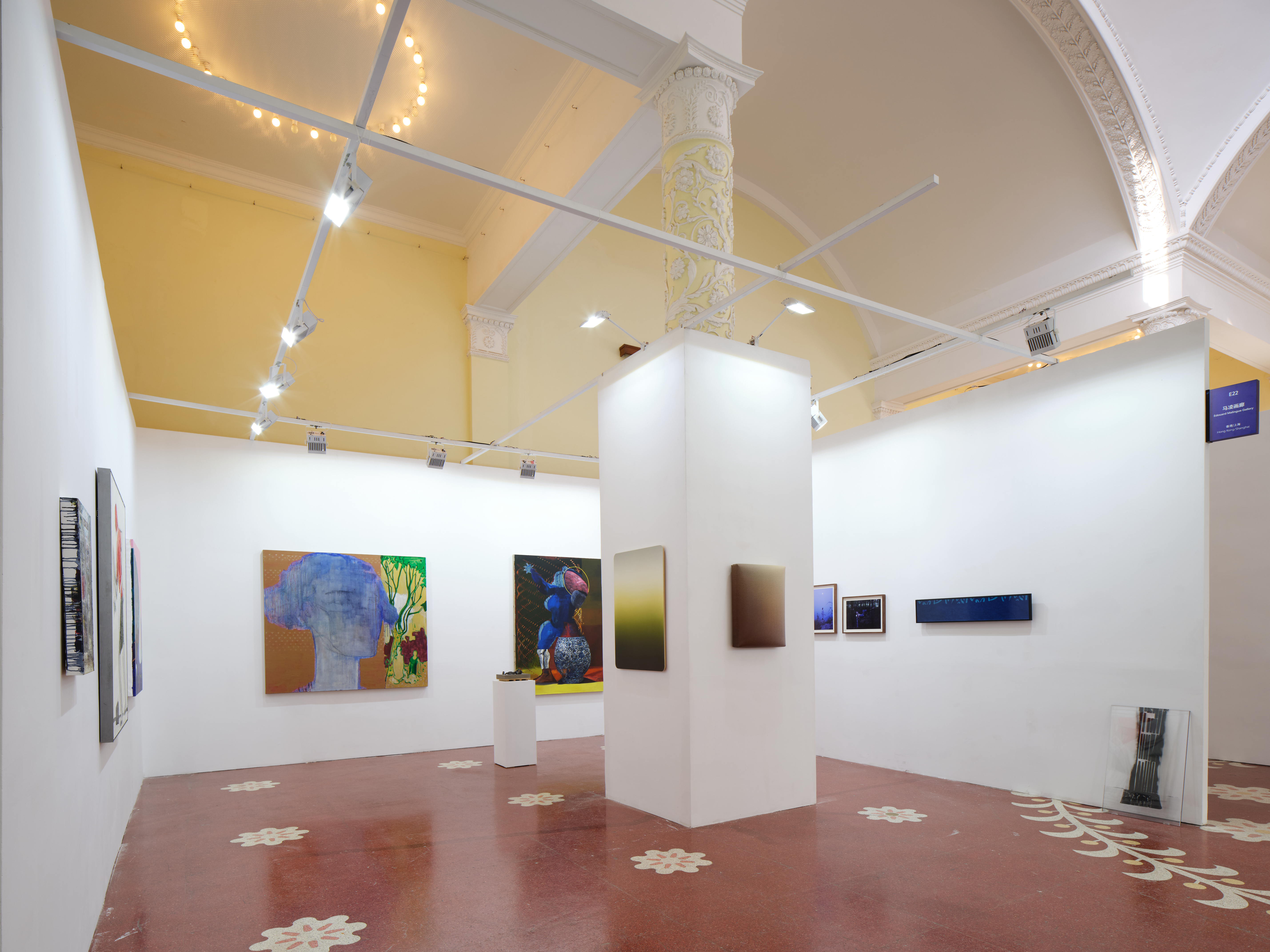
Photo by Zhang Hong.
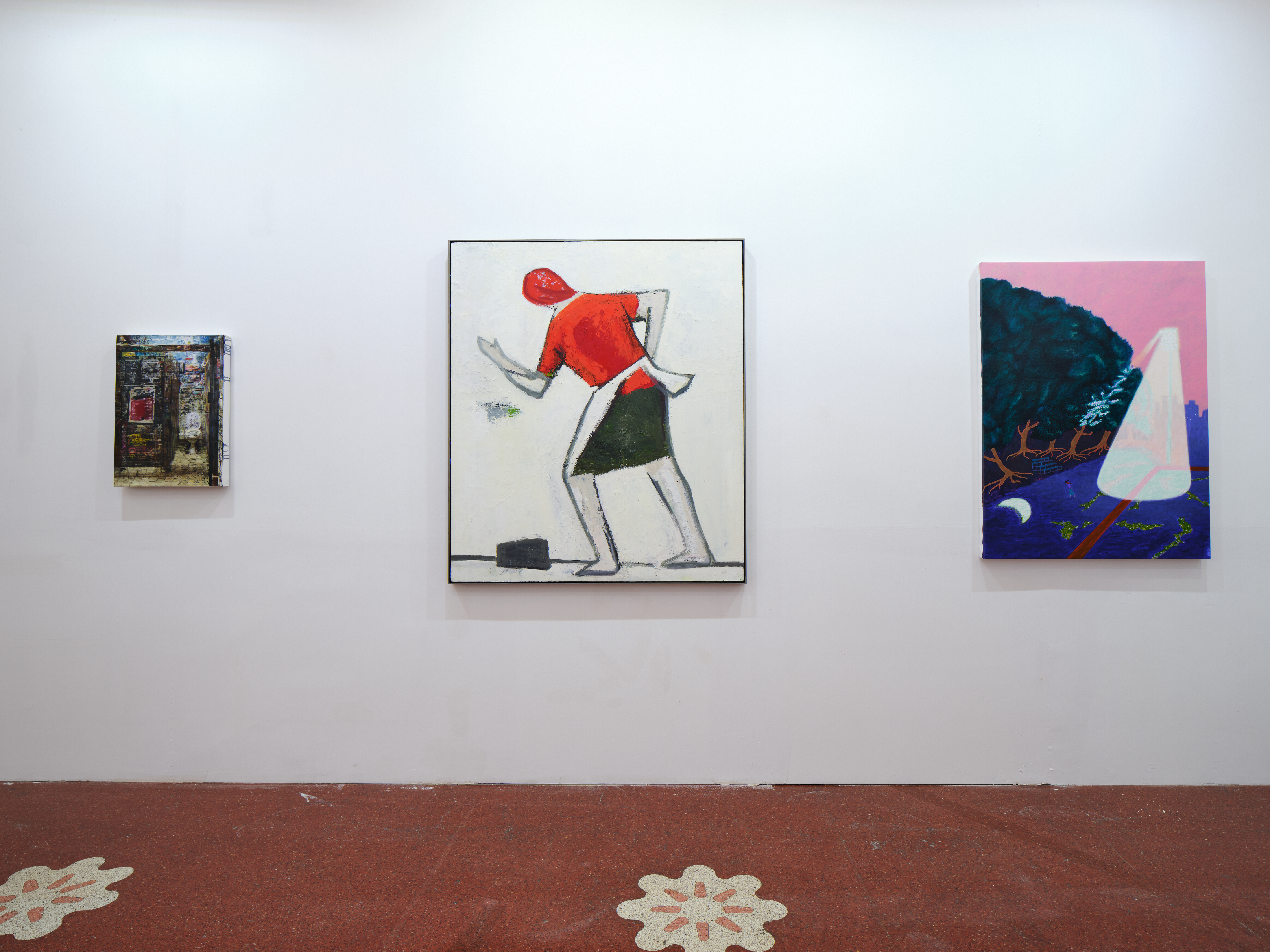
Photo by Zhang Hong.

Photo by Zhang Hong.
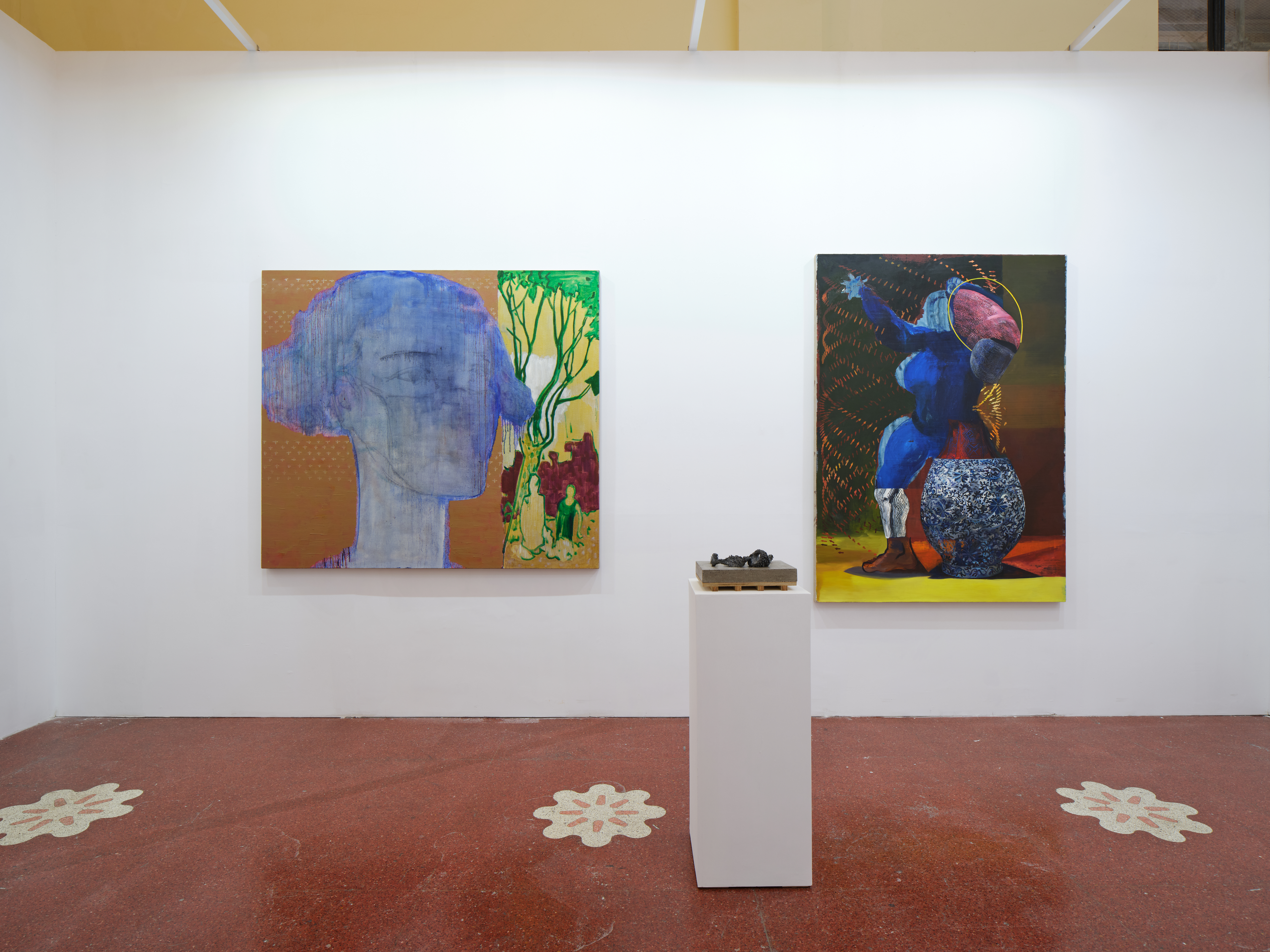
Photo by Zhang Hong.
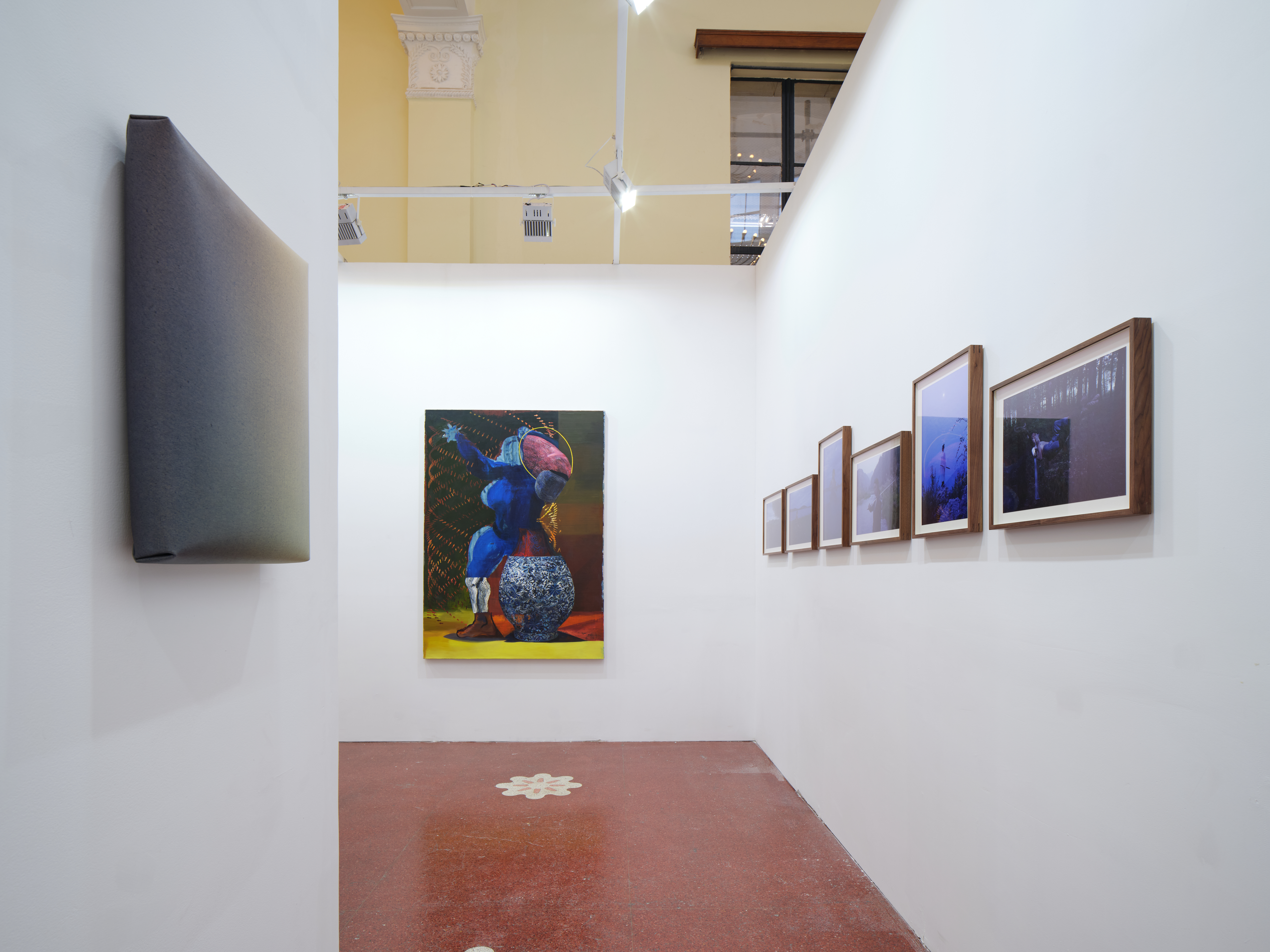
Photo by Zhang Hong.
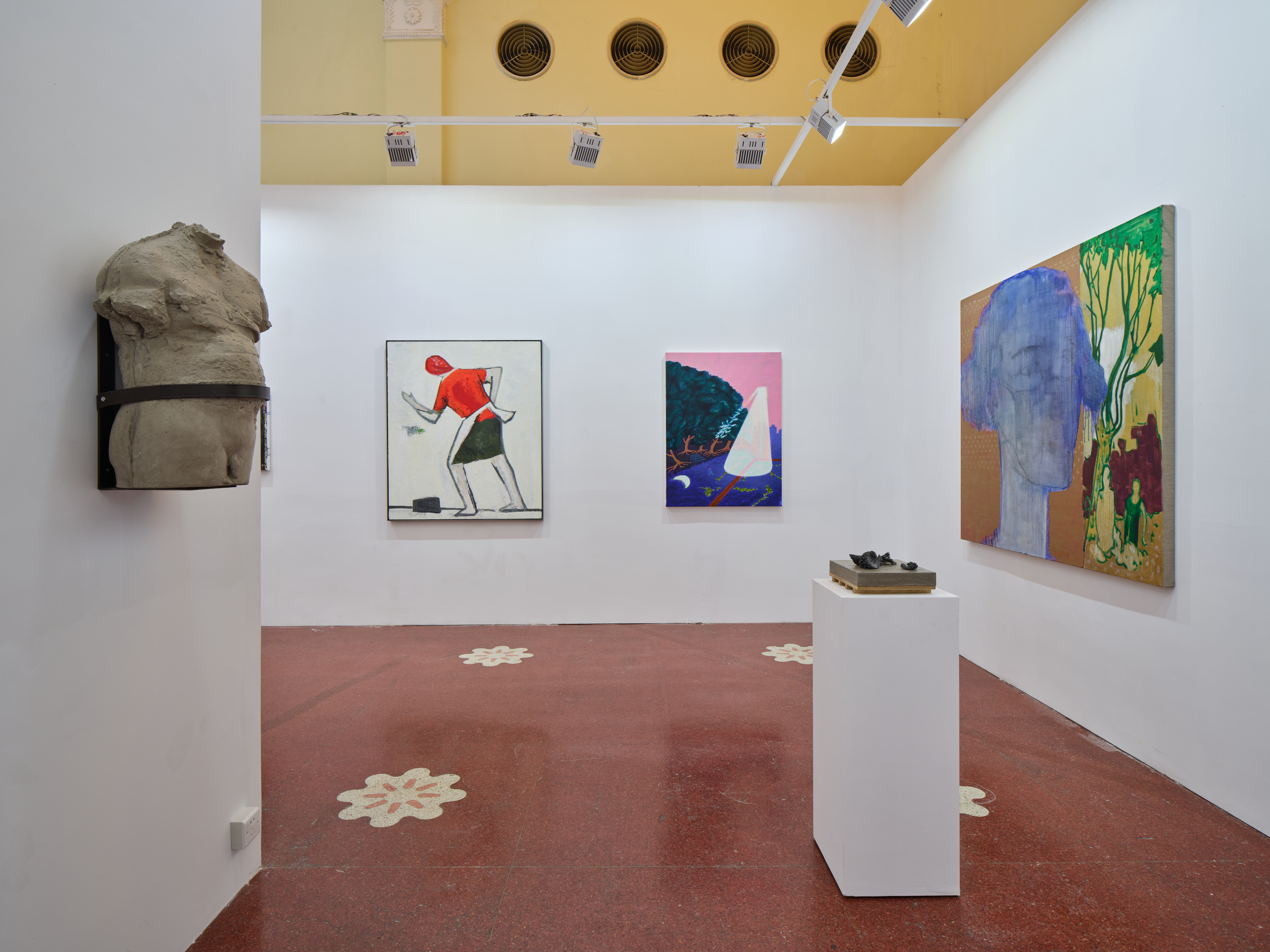
Photo by Zhang Hong.